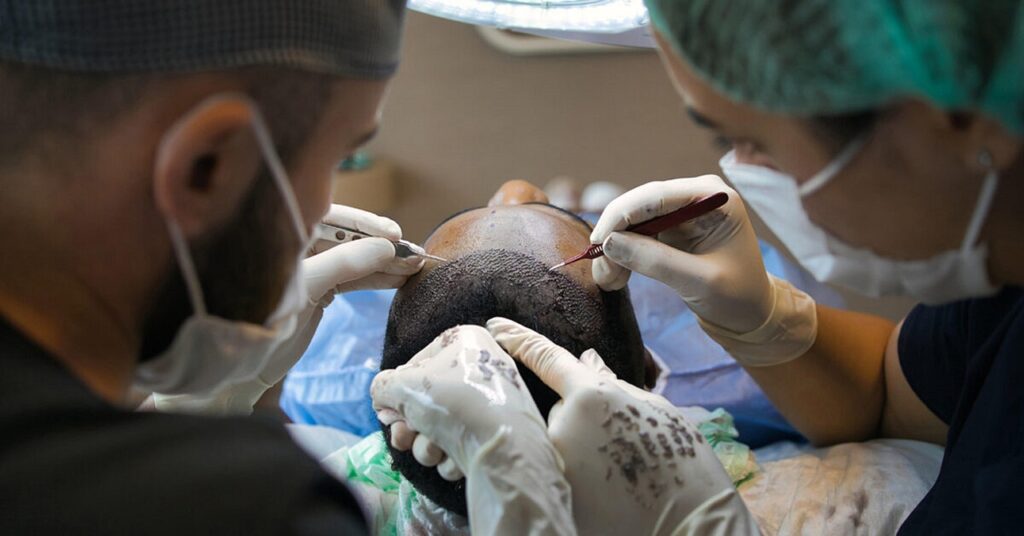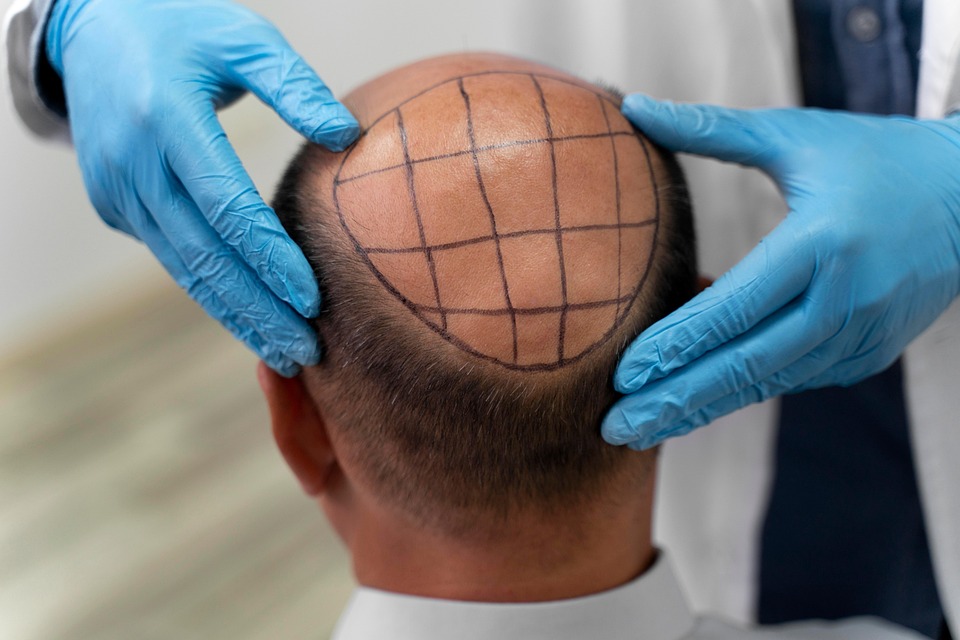Hair restoration is a process designed to address hair loss by regrowing, transplanting, or providing the appearance of fuller hair. Hair loss affects both men and women, with causes ranging from genetics and hormonal changes to medical conditions or lifestyle factors. While its impact can be frustrating, advancements in hair restoration methods offer ways to improve the appearance of thinning hair. Various techniques have become widely recognized for helping individuals with hair loss. This article will explore what it involves, the most commonly used methods, and what to expect from the process.
Understanding Hair Restoration
“hair restoration” refers to techniques that bring back or improve hair’s natural growth pattern. These techniques provide solutions for individuals with thinning hair or bald spots. The methods available can target different types and severities of hair loss. The right solution often depends on specific needs, the underlying cause of hair thinning, and personal preferences. Hair restoration should not be considered a guaranteed fix for everyone but an option worth considering when addressing hair loss concerns.
Some methods stimulate and enhance the natural function of hair follicles, while others replace hair in areas affected by permanent loss. Over the years, procedures have evolved with technological and medical advancements, improving outcomes and accessibility.
Non-Surgical Methods
Non-invasive hair restoration techniques are widely sought due to their lower costs and minimal recovery time. Standard non-surgical methods include topical solutions, oral medications, laser therapy, and innovative scalp treatments. These methods typically work to stimulate existing follicles and improve hair health.
Topical products, such as specific medications or foams, are designed to slow the rate of hair thinning and promote healthier strands. Oral medications focus on influencing hair follicle cycles and reducing hair shrinkage. Laser treatments use low-level light technology to improve follicle activity and support hair regrowth, and specialized scalp treatments aim to strengthen scalp health and improve conditions for new growth. While these approaches appeal to those seeking minimally invasive options, their effectiveness varies based on factors like the extent and cause of the hair loss.
Surgical Hair Restoration Options

Surgical techniques are widely known for delivering noticeable and long-lasting results. Hair transplant methods are frequently performed, including follicular unit transplantation (FUT) and follicular unit extraction (FUE). These procedures involve transplanting hair from one area of the scalp, often the back or sides, to areas where hair loss is more prominent.
Follicular unit transplantation (FUT) involves removing a small strip of skin with healthy hair follicles, dividing it into grafts, and placing these grafts in the thinning region. However, follicular unit extraction (FUE) removes individual follicular units and transplants them directly into the desired area. FUE is preferred for patients seeking less visible scarring and shorter recovery periods. Surgical restoration methods require proper planning and skilled professionals to help with successful outcomes. Following the procedure, patients generally experience several months of hair growth and an improved appearance in thinning areas.
Expectations and Considerations
Results vary from person to person. Non-surgical methods might require ongoing treatments to maintain results, while surgical approaches typically involve upfront procedures and permanent aftercare. Consulting with a trained specialist who understands the available options helps with a more tailored approach suitable for individual needs. Factors such as suitability for a specific procedure, risks, and expected timelines help guide decision-making. Adjustments in lifestyle and focusing on scalp health can also support lasting improvement.
Explore Hair Restoration Solutions Today
Restoration provides a pathway for individuals dealing with hair loss to regain a healthier, fuller appearance. From non-invasive methods like topical treatments and lasers to surgical options such as FUE, these advancements show promise for those seeking effective ways to address thinning hair. While the process requires patience, the variety of choices helps make sure that unique needs are met.


